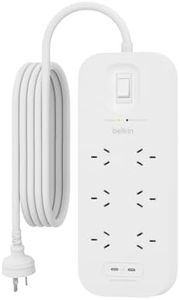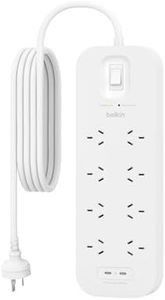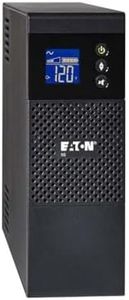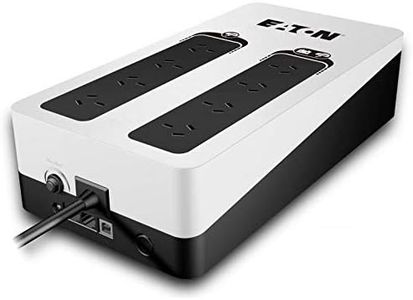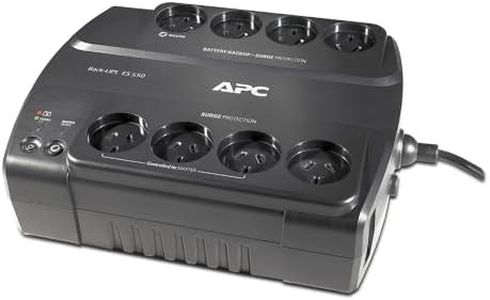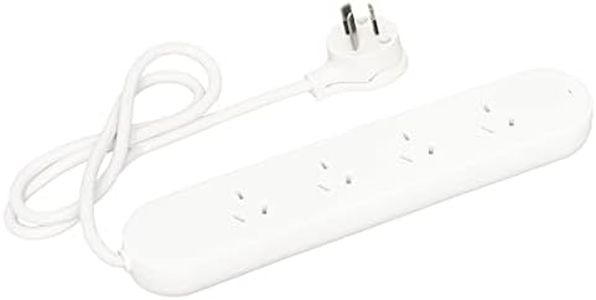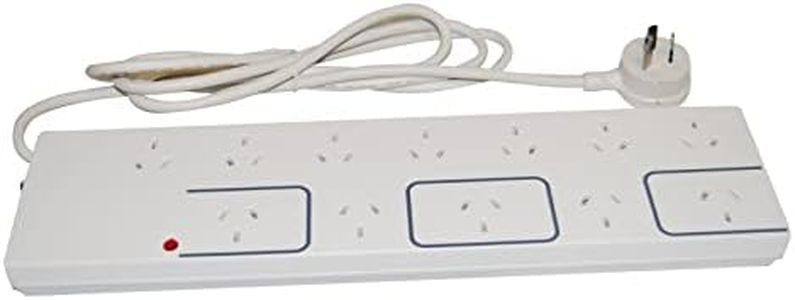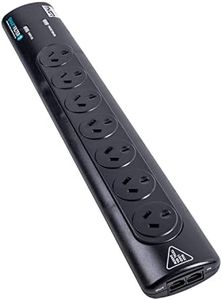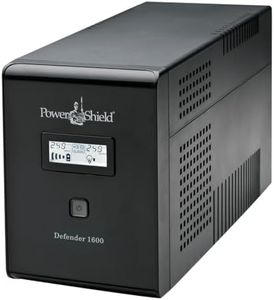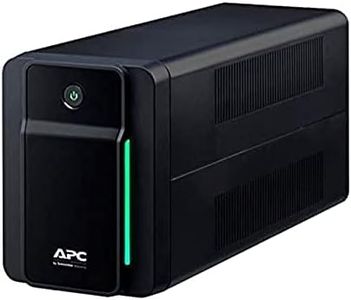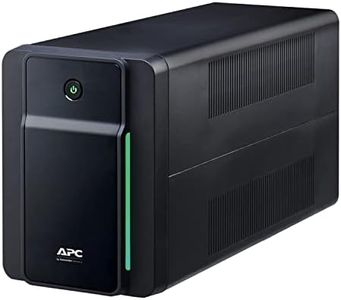We Use CookiesWe use cookies to enhance the security, performance,
functionality and for analytical and promotional activities. By continuing to browse this site you
are agreeing to our privacy policy
10 Best Battery Surge Protectors
From leading brands and best sellers available on the web.Buying Guide for the Best Battery Surge Protectors
Choosing the right battery surge protector is important for keeping your electronic devices safe from sudden voltage spikes and ensuring they continue to run even if there's a power outage. A battery surge protector, sometimes called an uninterruptible power supply (UPS), does two main jobs: it shields your gadgets from harmful surges in electricity, and it gives you backup power for a short time if your power goes out. When shopping for one, it's helpful to look at several key features so you can match the protector's abilities to what you need, whether that's for a computer, home theater, Wi-Fi router, or other sensitive equipment.Surge Protection Rating (Joules)The surge protection rating, measured in joules, shows how much energy the device can absorb from power spikes before it stops protecting your equipment. This is important because higher ratings mean more protection for expensive or sensitive electronics. Smaller devices or basic electronics can do well with lower ratings, while computers, TVs, and home networks generally benefit from higher joule ratings. If you have important devices or know your area is prone to power surges, aim for a higher surge protection level.
Battery Backup Capacity (VA/Wattage)Battery backup capacity tells you how much power the device can provide during an outage and for how long. It's usually shown in VA (volt-amps) or watts. If you only need to keep small items like Wi-Fi routers or phones running for a few minutes, a lower capacity is fine. For computers, larger home electronics, or medical equipment, look for higher capacities. Think about how many devices you want to support and add up their power needs, then choose a backup with enough capacity to match or slightly exceed that total.
Number and Type of OutletsThe number of outlets decides how many devices you can connect at once, and their type (battery plus surge, or surge-only) matters too. Battery-backed outlets keep devices running during blackouts, while surge-only outlets just protect against power spikes. Assess how many and what kind of devices you need to plug in. Choose a protector with enough battery-backup outlets for essential devices you want powered during an outage, and surge-only outlets for less critical items.
Runtime During OutageRuntime is how long the battery can keep your devices powered during a blackout. It's usually listed in minutes and varies based on how many devices you connect. If your goal is just to keep your computer running long enough to save work and shut down, a shorter runtime is fine. If you need continuous operation for longer periods, such as for network devices or security systems, look for models that offer longer runtimes.
Form Factor and SizeForm factor is about how big and what shape the protector is. Some are compact and designed to sit on a desk, while others are tall and bulky, meant to be placed on the floor. Think about your available space and where you plan to use it. Choose a form factor that fits comfortably where you need protection and backup, and make sure you can access the outlets easily.
User Notifications and AlertsSome surge protectors come with ways to alert you about status, like beeping when switching to battery mode or lighting up indicator lights. These notifications help you know what's happening, especially during an outage or if there's a problem with the battery. If you want peace of mind and immediate feedback, look for models that provide clear notifications.
